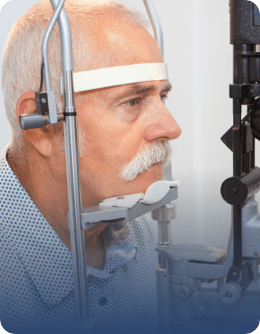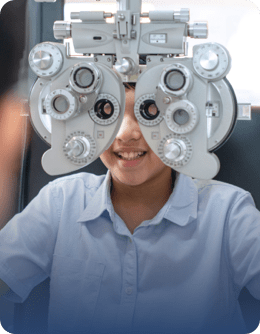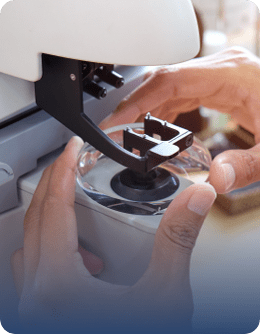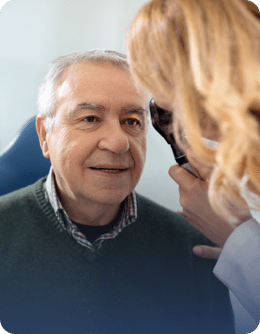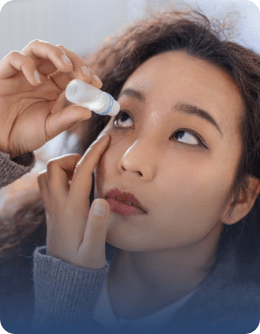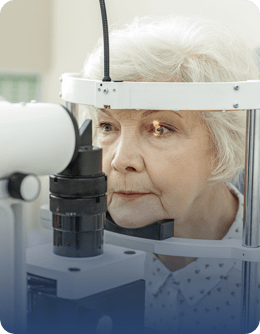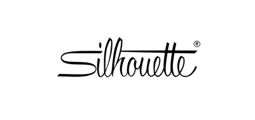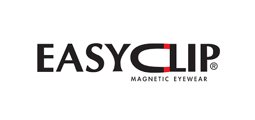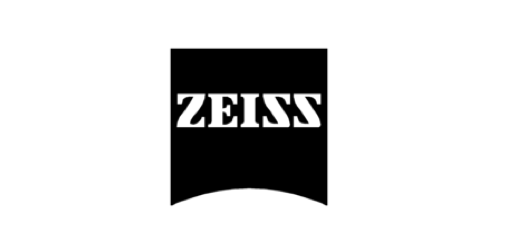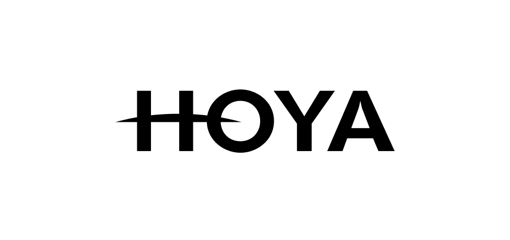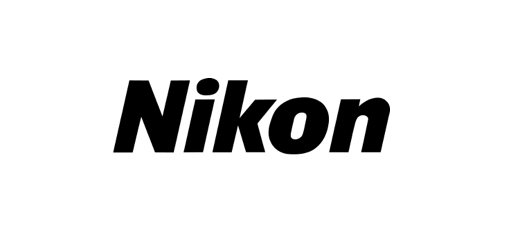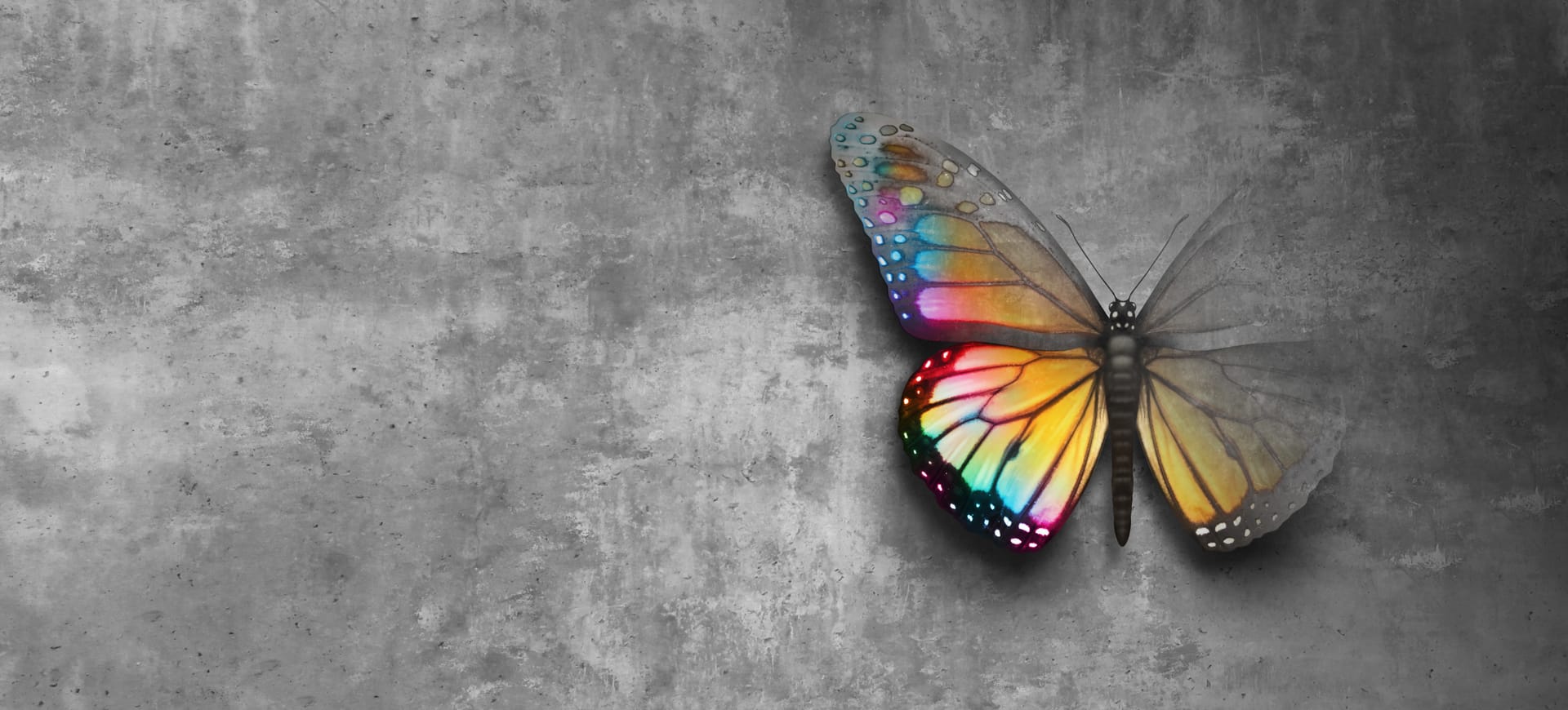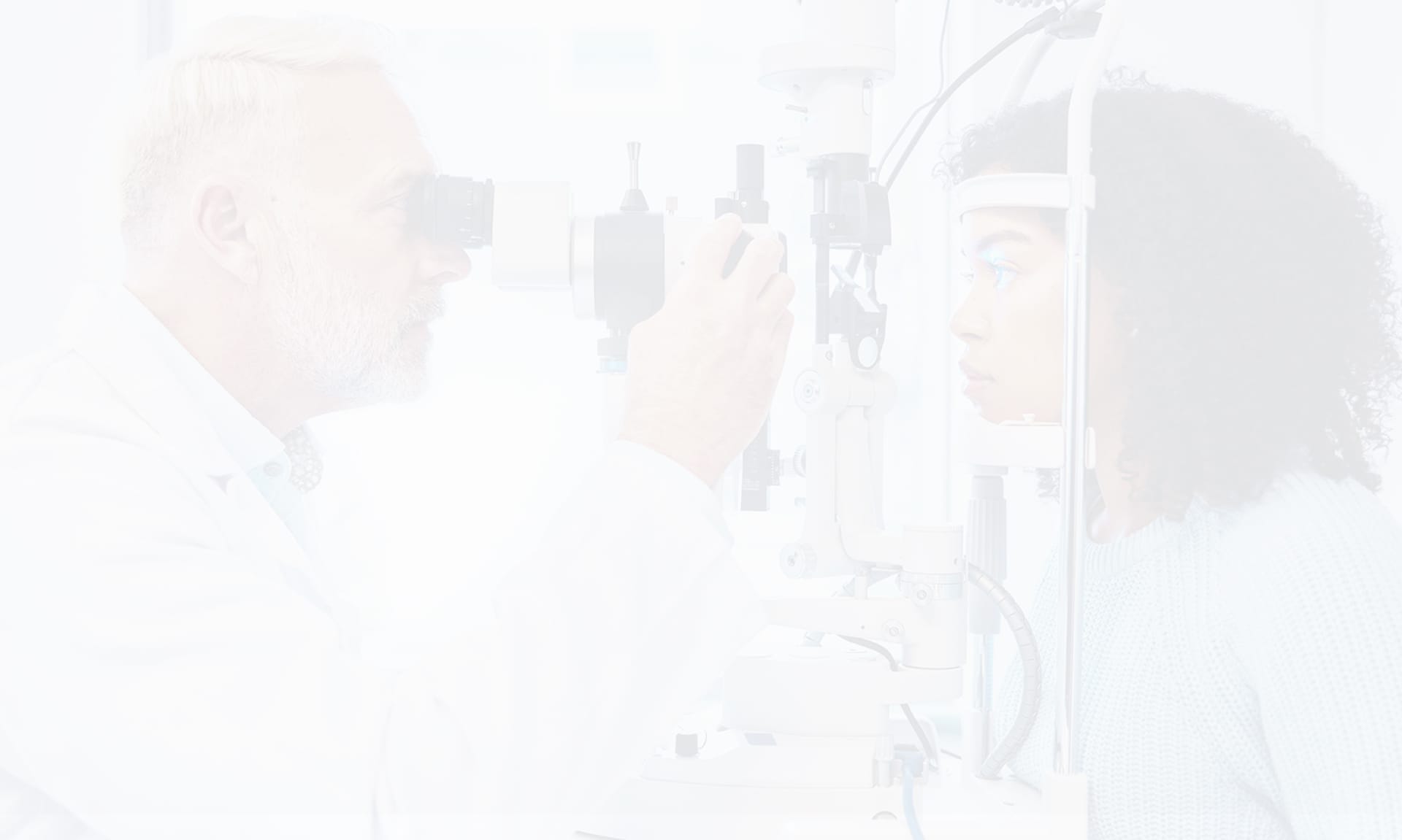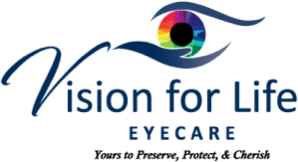Driving is an everyday reality for most people. It requires ultimate attention and focus to keep everyone safe. But when visibility on the road becomes challenging, like driving at night, it poses certain hazards.
Nighttime equals low-light conditions, and your eyes adapt accordingly. However, they can’t simultaneously adjust to bright headlights, traffic lights, and reflective surfaces from the surrounding environment.
Glasses options like anti-reflective lenses and blue light filters offer a solution. They can reduce glare and eye strain for better comfort, focus, and visibility when driving at night.
The growing popularity of these lens options makes it easy to find online or over-the-counter alternatives. But, there’s no substitute for quality lenses and expert vision advice.
A routine eye exam can help determine which lens solution is right for your visual and driving needs. Together, we can help you find quality lenses that complement your lifestyle.
Your Vision in Low Light Conditions
Your eyes respond to your current environment by making small, sometimes noticeable adjustments. For those living in central Alberta for years, you might notice that being in a dry, windy climate can lead to dryness.
Similarly, your vision also adjusts to lighting conditions, a process known as dark adaptation. Low-light conditions refer to environments where the eyes have little light available to perceive objects clearly.
In dimly lit spaces, the pupils dilate to allow more light to enter the eye, giving your retina more visual information to process. At the same time, rod cells in your retina (highly light-sensitive but not colour detecting) become more active. They help your eyes recognize shapes, movement, and subtle contrasts.
But dark adaptation isn’t instantaneous. It can take up to 30 minutes for your eyes to adjust fully in total darkness. Even then, your nighttime vision doesn’t have the same clarity or sharpness as it does in daylight.
On top of that, with age, your eyes naturally become less adept at adapting to dark environments. Conditions like cataracts, yellowing of the eye’s lens, and changes in pupil response can affect overall visual clarity in low-light conditions.
It’s no wonder that with time and long drives on the road, it can be challenging to drive at night.
Night Driving: The Risks
Even in ideal weather conditions, driving poses certain risks. Night driving adds to this. It can help explain why the risks of accidents are 3 times more likely to occur than when driving during the day.
Here’s how:
Reduced Visibility
Low light makes it harder to identify road signs, pedestrians, or potential obstacles because we rely on rod cells, instead of cone cells, which activate in bright light and help us detect colour and sharp detail.
Your depth perception, colour recognition, and peripheral vision all diminish without sufficient light, making it harder to spot hazards or judge distances accurately.
Harsh Glare
Lights from oncoming traffic, especially from intense LED lights and halogen bulbs, streetlights, and reflective surfaces, create glare. This scatters incoming light, reduces contrast, and makes everything appear more hazy, leading to further visual discomfort.
Although the pupils can contract to accommodate this change, they can’t filter out harsh light from surrounding traffic.
On top of that, the visual distortion and blur from glare intensifies for those with uncorrected astigmatism or cataracts.
Fatigue & Eye Strain
Driving at night requires more effort from your eyes, straining the muscles responsible for focus. Combined with the natural fatigue that comes at the end of the day, this can quickly affect reaction times and concentration.
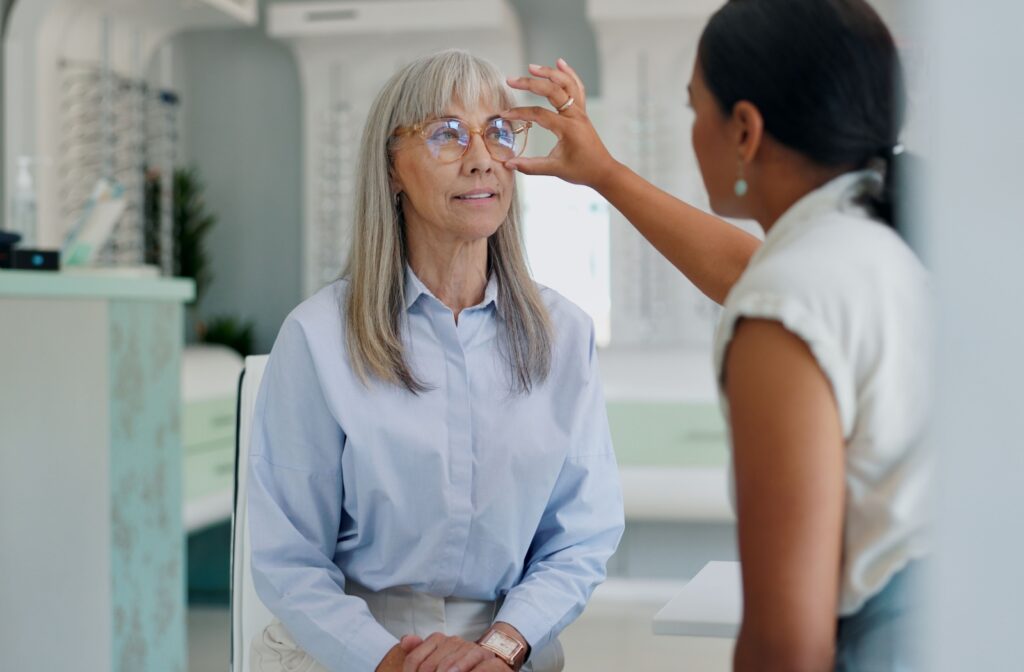
Solutions for Night Driving: Eyeglasses
The good news is that you can support your vision and comfort when night driving with the right glasses.
Anti-reflective Lenses
Anti-reflective (AR) lenses are one of the most effective tools for night driving. They’re designed to reduce glare caused by light reflecting off the surface of your lenses.
- How they work: AR coatings minimize internal lens reflections, allowing more light to pass through the lens to your eyes. This improves clarity while reducing distracting halos and glare from oncoming headlights.
- Benefits for night drivers: You’ll notice sharper vision, less strain, and improved contrast for better visibility in low-light conditions.
Blue Light Glasses
Although these are typically promoted for reducing digital eye strain for long days on the computer, they also come in handy for nighttime driving:
- How they work: Blue-light lenses filter out the shorter, high-energy wavelengths of light. These are commonly emitted by LED and halogen headlights, which can create intense glare or visual discomfort.
- Benefits for night drivers: These lenses can reduce eye strain by filtering out harsh blue light from oncoming traffic, making it easier to focus during nighttime drives.
What About Night Driving Glasses?
You may have seen yellow-tinted glasses advertised as the ultimate night driving solution. We’re here to set the record straight, they are not.
Their yellow tint promises to enhance contrast and reduce glare. While they may slightly improve contrast in certain conditions, the reality is that they reduce overall light transmission into your eyes. Therefore, less light reaches your retina, making it even harder to see clearly in already low visual conditions.
Our advice? Avoid yellow-tinted glasses for night driving. Anti-reflective or blue light glasses offer a safer and more effective solution!
See Better, Drive Safer
The power of visual quality and comfort lies in the right lenses. Options like anti-reflective or blue-light glasses can address challenges related to night-time visibility.
If you’re experiencing challenges when driving at night, it’s time to visit your optometrist. Our expert team at Vision For Life Eyecare can determine if an underlying condition is the culprit behind your discomfort or if it’s time to update your glasses with the right lens coating. Connect with our team to schedule your routine eye exam!
